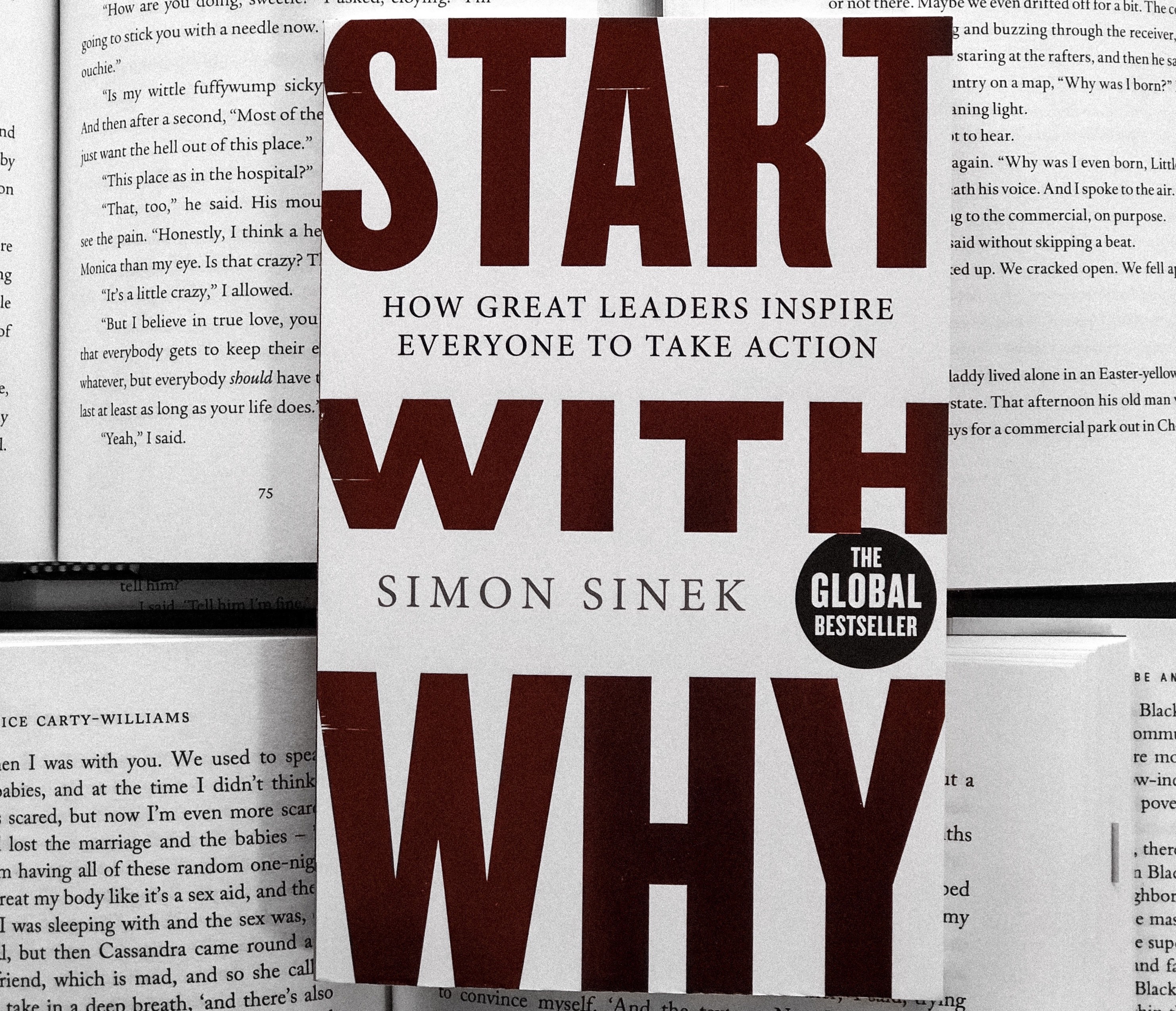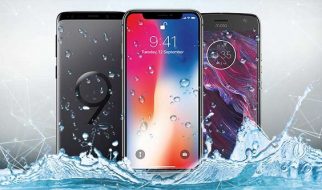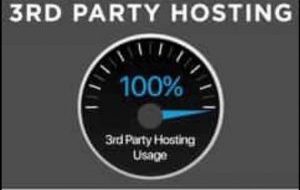 Photo by Uju Onyishi
Photo by Uju Onyishi
?Start With Why? by Simon Sinek was one of my February 2020 reads. The book is a more detailed version of his infamous TED talk titled: ?How great leaders inspire action.?
In Start With Why, Sinek emphasises that great leaders INSPIRE action, they don?t MANIPULATE people to act. And they achieve this by articulating their WHY ? the purpose, cause or belief behind WHAT they are doing.
Sinek introduces a concept he calls The Golden Circle. The Golden Circle starts with WHY at the very centre, followed by HOW and finally WHAT at the edge of the circle. He encourages us to think from the inside out, from WHY, then HOW, then WHAT.
 The Golden Circle. Figure created by me using information from Start With Why by Simon Sinek
The Golden Circle. Figure created by me using information from Start With Why by Simon Sinek
For example, Apple is a company that has always started with WHY. A sales pitch by apple might sound something like this:
?Everything we do, we believe in challenging the status quo. We believe in thinking differently.? [WHY]
?The way we challenge the status quo is by making our products beautifully designed, simple to use and user-friendly.? [HOW]
?And we happened to make great computers.? [WHAT]
If Apple?s WHY resonates with you, you are more likely to buy their computer. But more interesting, is the fact that you will also buy a phone, watch or iPod from the company. Their WHAT ? the specific product they are selling ? can change but their WHY remains the same. The product is just a tangible proof of their purpose, cause or belief.
Here are my three main takeaways from the book:
[Lesson 1] The principle of the golden circle is directly linked to how our brain works.
The WHAT level corresponds to the neocortex, which is the part of the brain responsible for rational and analytical thought and language. Meanwhile, WHY and HOW exist in the limbic brain, which controls our feelings and decision making, but has no capacity for language (this is why it?s so hard to put our feelings into words).
Therefore, when you communicate to consumers from WHY, you are talking directly to the parts of the brain that controls decision making, then the neocortex tries to rationalise that decision. As Sinek put it,
?People don?t buy what you do; they buy why you do it. And what you do simply proves what you believe.?
Moreover, the limbic brain is where ?gut decisions? come from. These decisions FEEL right even if they contradict our rational understanding of a situation. When we try to make decisions using only the rational part of our brain, we end up overthinking. However, decisions made with the limbic brain i.e. gut decisions tend to be faster and of higher quality. So always go with your gut instinct.
[Lesson 2] Having a clear WHY allows you to be selective of the advice you take on board.
You need to make sure that WHAT and HOW you do things is consistent with your WHY. A WHY provides a filter for decision making such that if a company?s WHY is clear and known by the employees, anyone within the company can make a decision as appropriately as the founder.
?Filter your decisions through your WHY?
[Lesson 3] The difference between Achievement and Success
Achievement is something you reach or attain like a goal. Success, in contrast, is a feeling or a state of being. ?Achievements comes when you pursue and attain WHAT you want. Success comes when you are clear in pursuit of WHY you want it.
Although this book focuses on business and entrepreneurship, the concept of starting with why can also be applied to personal goals like forming new habits.
For example, if you want to start a health journey, the first question to ask yourself is ?WHY??. Having a clear why will help keep you on track when that initial burst of motivation is nowhere to be found. Moreover, when you are inevitably faced with deciding whether to have a whole box of cookies for breakfast are something healthy, with your WHY in mind, the decision is obvious.


